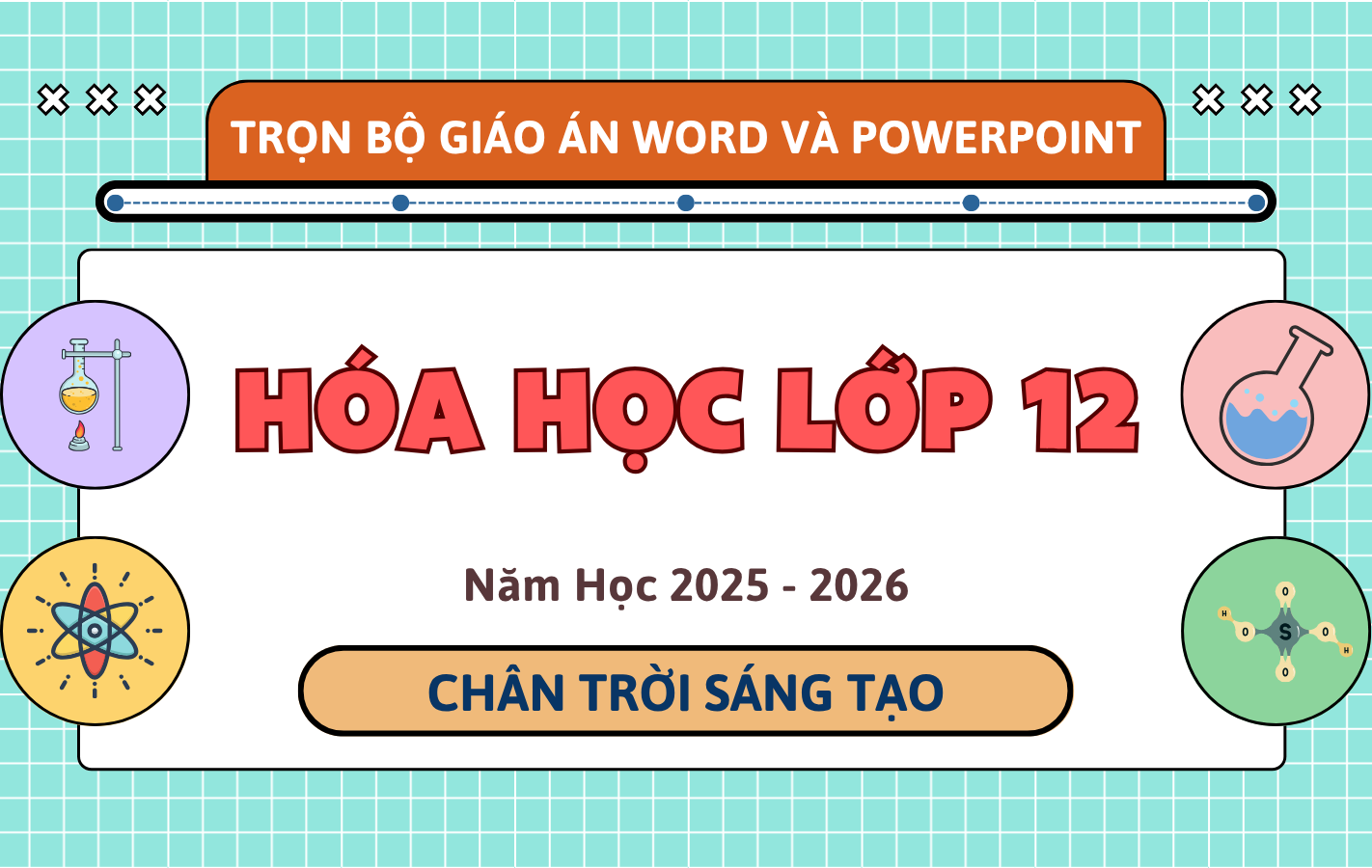Câu hỏi:
Although noise, commonly defined as unwanted sound, is a widely recognized form of pollution, it is very difficult to measure because the discomfort experienced by different individuals is highly subjective and, therefore, variable. Exposure to lower levels of noise may be slightly irritating, whereas exposure to higher levels may actually cause hearing loss. Particularly in congested urban areas, the noise produced as a by-product of our advancing technology causes physical and psychological harm, and detracts from the quality of life for those who are exposed to it.
Unlike the eyes, which can be covered by the eyelids against strong light, the ear has no lid, and is, therefore, always open and vulnerable; noise penetrates without protection. Noise causes effects that the hearer cannot control and to which the body never becomes accustomeLoud noises instinctively signal danger to any organism with a hearing mechanism, including human beings. In response, heartbeat and respiration accelerate, blood vessels constrict, the skin pales, and muscles tense. In fact, there is a general increase in functioning brought about by the flow of adrenaline released in response to fear, and some of these responses persist even longer than the noise, occasionally as long as thirty minutes after the sound has ceased.
Because noise is unavoidable in a complex, industrial society, we are constantly responding in the same way that we would respond to danger. Recently, researchers have concluded that noise and our response may be much more than an annoyance. It may be a serious threat to physical and psychological health and well-being, causing damage not only to the ear and brain but also to the heart and stomach. We have long known that hearing loss is America's number one nonfatal health problem, but now we are learning that some of us with heart disease and ulcers may be victims of noise as well. Fetuses exposed to noise tend to be overactive, they cry easily, and they are more sensitive to gastrointestinal problems after birth. In addition, the psychic effect of noise is very important. Nervousness, irritability, tension, and anxiety increase affecting the quality of rest during sleep, and the efficiency of activities during waking hours, as well as the way that we interact with each other.
Based on the passage, how does noise affect psychological and physical health in industrial societies?
Noise primarily causes hearing loss, but there are no other significant health consequences.
Noise increases nervousness and irritability, and its impact is limited to the brain and ear.
Noise can contribute to heart disease, ulcers, and disrupts both psychological well-being and social interactions.
Noise has minimal impact on sleep and waking activities but affects digestive the most.
Đáp án đúng: C
Dựa trên đoạn văn, tiếng ồn ảnh hưởng đến sức khỏe tâm lý và thể chất như thế nào trong xã hội công nghiệp?
Tiếng ồn chủ yếu gây mất thính lực, nhưng không có hậu quả đáng kể nào khác đối với sức khỏe.
Tiếng ồn làm tăng sự lo lắng và cáu kỉnh, và tác động của nó chỉ giới hạn ở não và tai.
Tiếng ồn có thể gây ra bệnh tim, loét và phá vỡ cả sức khỏe tâm lý và tương tác xã hội.
Tiếng ồn có tác động tối thiểu đến giấc ngủ và hoạt động khi thức nhưng ảnh hưởng nhiều nhất đến sức khỏe tiêu hóa.
Thông tin: We have long known that hearing loss is America's number one nonfatal health problem, but now we are learning that some of us with heart disease and ulcers may be victims of noise as well. […] Nervousness, irritability, tension, and anxiety increase affecting the quality of rest during sleep, and the efficiency of activities during waking hours, as well as the way that we interact with each other.
Tạm dịch: Chúng ta đã biết từ lâu rằng mất thính lực là vấn đề sức khỏe không gây tử vong số một ở Mỹ, nhưng giờ đây chúng ta biết rằng một số người trong chúng ta mắc bệnh tim và loét cũng có thể là nạn nhân của tiếng ồn. […] Sự lo lắng, cáu kỉnh, căng thẳng và bồn chồn gia tăng ảnh hưởng đến chất lượng nghỉ ngơi trong khi ngủ và hiệu quả của các hoạt động trong giờ thức, cũng như cách chúng ta tương tác với nhau.
Câu hỏi này thuộc đề thi trắc nghiệm dưới đây, bấm vào Bắt đầu thi để làm toàn bài
Đề Thi Tham Khảo Đánh Giá Năng Lực Năm 2025 – ĐHQG Hà Nội – Đề Số 2 mang đến cho thí sinh một trải nghiệm thi cử mới mẻ, bám sát chương trình GDPT 2018, kiểm tra khả năng Giải Quyết Vấn Đề, Tư Duy Sáng Tạo, Giao Tiếp và Hợp Tác. Với thời lượng 195 phút, bài thi bao gồm ba phần: Toán Học Và Xử Lí Số Liệu/Tư Duy Định Lượng, Văn Học - Ngôn Ngữ/Tư Duy Định Tính và Khoa Học/Tiếng Anh. Mỗi phần đều có dạng thức câu hỏi phong phú như trắc nghiệm nhiều phương án lựa chọn và điền đáp án, đảm bảo đánh giá toàn diện năng lực học sinh trên nhiều khía cạnh học thuật khác nhau.
Câu hỏi liên quan

Trọn Bộ Giáo Án Word & PowerPoint Tiếng Anh 12 – I-Learn Smart World – Năm Học 2025-2026

Trọn Bộ Giáo Án Word & PowerPoint Tiếng Anh 12 – Global Success – Năm Học 2025-2026

Trọn Bộ Giáo Án Word & PowerPoint Hóa Học 12 – Kết Nối Tri Thức – Năm Học 2025-2026

Trọn Bộ Giáo Án Word & PowerPoint Hóa Học 12 – Chân Trời Sáng Tạo – Năm Học 2025-2026

Trọn Bộ Giáo Án Word & PowerPoint Công Nghệ 12 – Kết Nối Tri Thức – Năm Học 2025-2026
